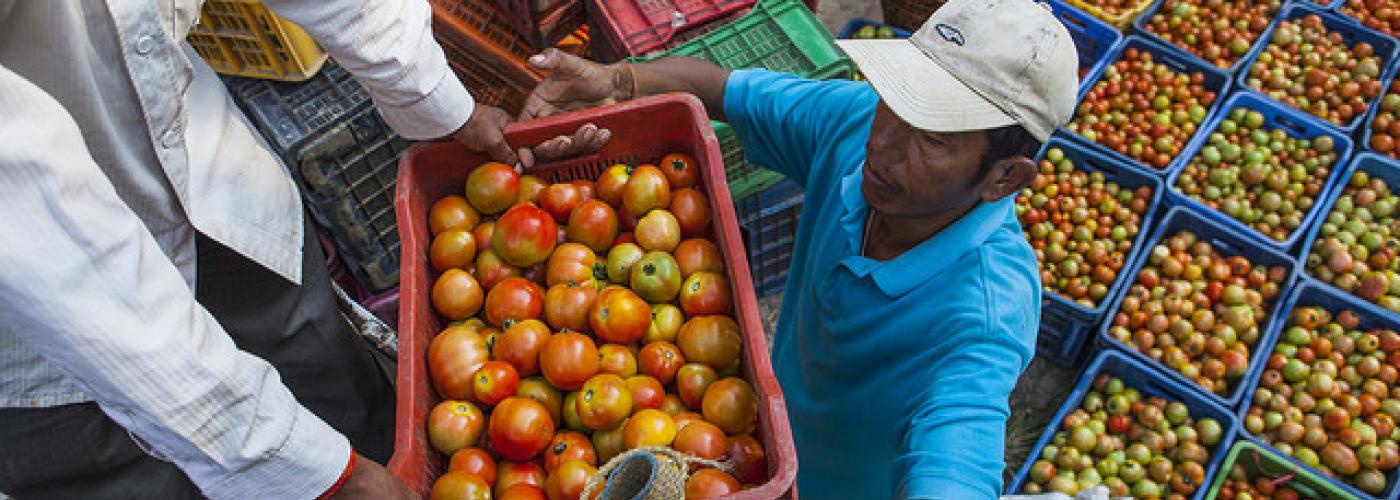Resilience and Sustainable Poverty Escapes in Nepal
Image

This post originally appeared on Agrilinks.
The South Asian, agriculture-based nation of Nepal experienced considerable poverty reduction over the last two decades, from 63.8 percent in 1995 to 30.8 percent in 2010. An increase in migration and remittances, non-farm diversification, higher non-farm wages and a decline in fertility rates have all contributed to Nepal’s poverty reduction. However, over the same period, several factors including low economic and agricultural growth, weak public infrastructure, continued exclusion of disadvantaged groups, and conflict and other shocks prevented households from escaping poverty, or pushed households that had escaped back into poverty.
The USAID Center for Resilience commissioned the Overseas Development Institute, in conjunction with the Chronic Poverty Advisory Network (CPAN), to conduct research into resilience and poverty escapes in Nepal and other Feed the Future focus countries, specifically why some households escape and remain out of poverty (sustainable poverty escape, or resilience), while other households escape it only to fall back into poverty (transitory poverty escape) and still others descend into poverty for the first time (impoverishment). Building on research conducted through the Leveraging Economic Opportunity activity in Bangladesh, Ethiopia, and Uganda in 2016, the current body of research was aimed at expanding understanding of the drivers of sustained and transitory poverty escapes and teasing out policy and programming implications for USAID and other development actors.
The first in the series of resulting research reports, Resilience and Sustainable Poverty Escapes in Nepal, combines analysis from the Nepal Living Standards Survey with qualitative research approaches to further investigate the drivers of sustained and transitory poverty escapes and of impoverishment. The report investigates the resources (land, livestock and value of assets), attributes (household composition and education level) and activities (including jobs and engagement in non-farm activities) of households that enable them to build their resilience to sustainably escape poverty and minimize the likelihood of them falling back into poverty or descending into poverty for the first time.
Key findings suggest that in Nepal, the following factors contribute to sustainable poverty escapes:
- Building the initial household resource base;
- Improving household and personal attributes and capacities;
- Reducing the risks associated with single-source economic activities; and
- Managing and mitigating the effects of shocks and stresses.
This is the first of a series of country case studies issued from the commissioned research; look out for the forthcoming Resilience and Sustainable Poverty Escapes collection page to access upcoming reports. Download the full report, as well as the accompanying policy implications brief, in the sidebar in the upper right corner.


